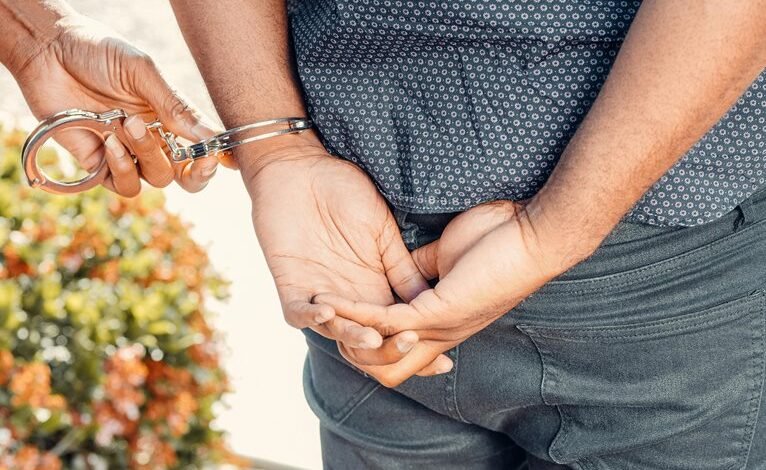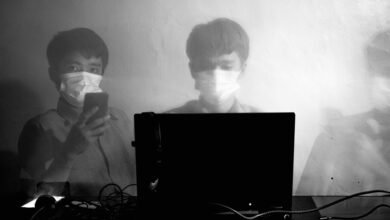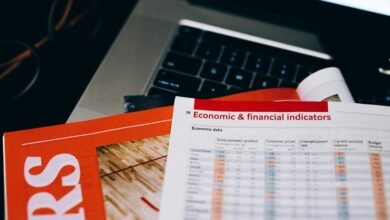Photoacomanha: O Impacto das Imagens no Processo Judicial

Photoacomanha plays a critical role in shaping courtroom dynamics. It enhances juror comprehension and retention of evidence through visual means. However, the use of images also raises ethical issues regarding consent and privacy. As technology evolves, the balance between effective visual persuasion and individual rights remains precarious. This tension invites scrutiny of how images influence jury decisions and their potential for misinterpretation. What implications does this have for future legal proceedings?
The Role of Visual Evidence in Courtroom Dynamics
Although the courtroom has traditionally relied on verbal testimony and written evidence, the integration of visual evidence has significantly transformed its dynamics.
Visual persuasion enhances jurors' understanding and retention of information, facilitating memory recall. By presenting images, diagrams, or videos, attorneys can effectively engage the jury, influencing their perceptions and decisions.
Consequently, visual evidence has become a crucial component in modern judicial proceedings.
Ethical Considerations Surrounding Photoacomanha
While the use of photoacomanha can enhance the presentation of evidence in legal proceedings, it raises significant ethical concerns that warrant careful examination.
Consent issues arise when individuals depicted in images have not authorized their use, potentially infringing on personal autonomy.
Additionally, privacy concerns emerge when sensitive information is disclosed, highlighting the need for stringent ethical guidelines to protect individuals' rights within the judicial context.
The Future of Images in Legal Proceedings
How will advancements in technology shape the use of images in legal proceedings?
Future legal frameworks will increasingly rely on digital forensics to verify image authenticity, ensuring that visual evidence remains credible.
Enhanced algorithms will aid in detecting alterations, thereby strengthening the integrity of judicial processes.
This evolution promises greater transparency and reliability, ultimately fostering a more just legal environment that embraces technological advancements.
Conclusion
In conclusion, the use of images in the judicial process serves as a double-edged sword, illuminating truths while casting shadows of ethical dilemmas. As visual evidence increasingly shapes courtroom dynamics, it is imperative to navigate the delicate balance between persuasion and the rights of individuals. Establishing robust ethical guidelines will be essential in ensuring that the power of imagery enhances justice rather than undermines it, paving the way for a future where clarity and integrity coexist harmoniously.




